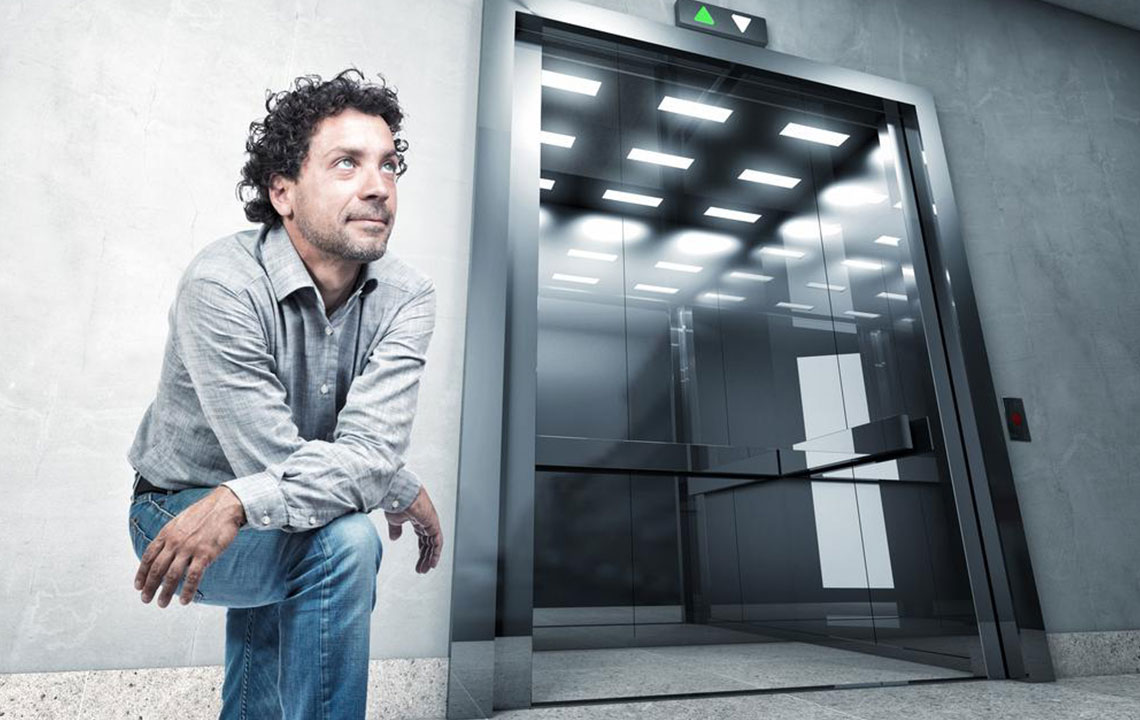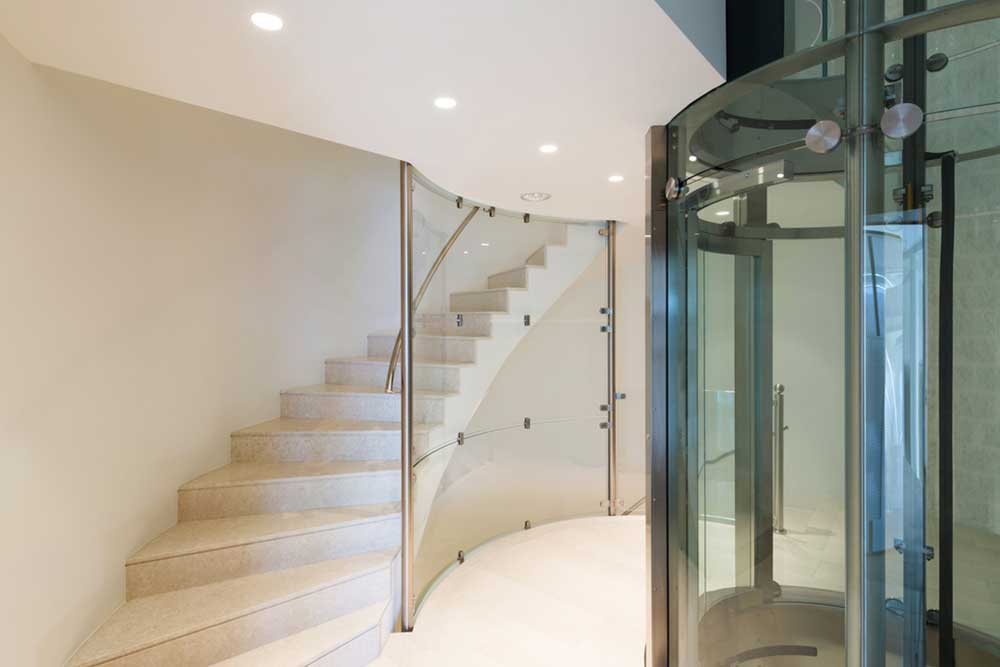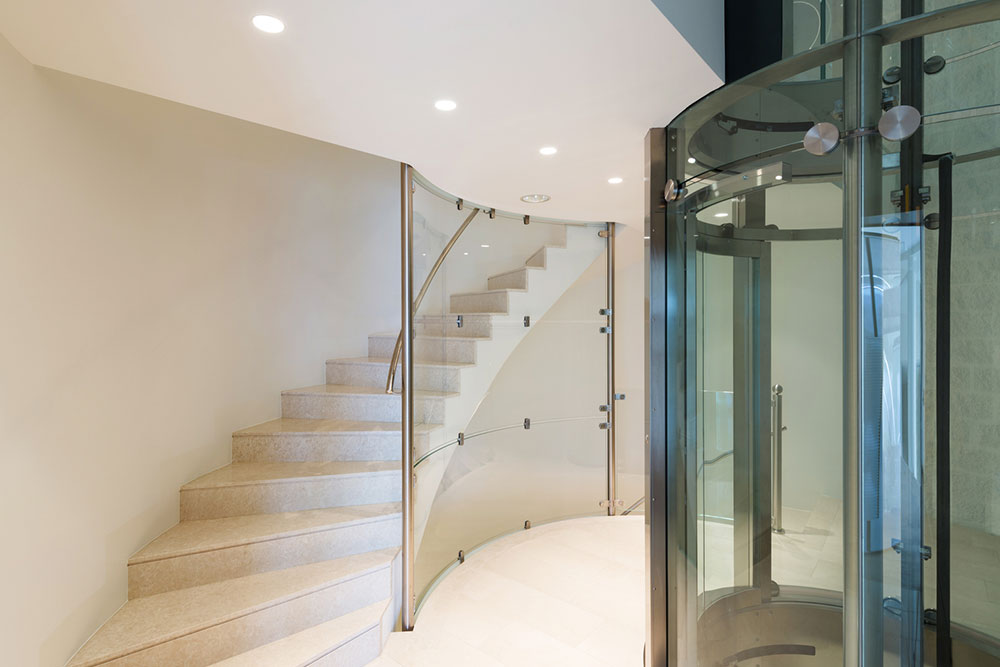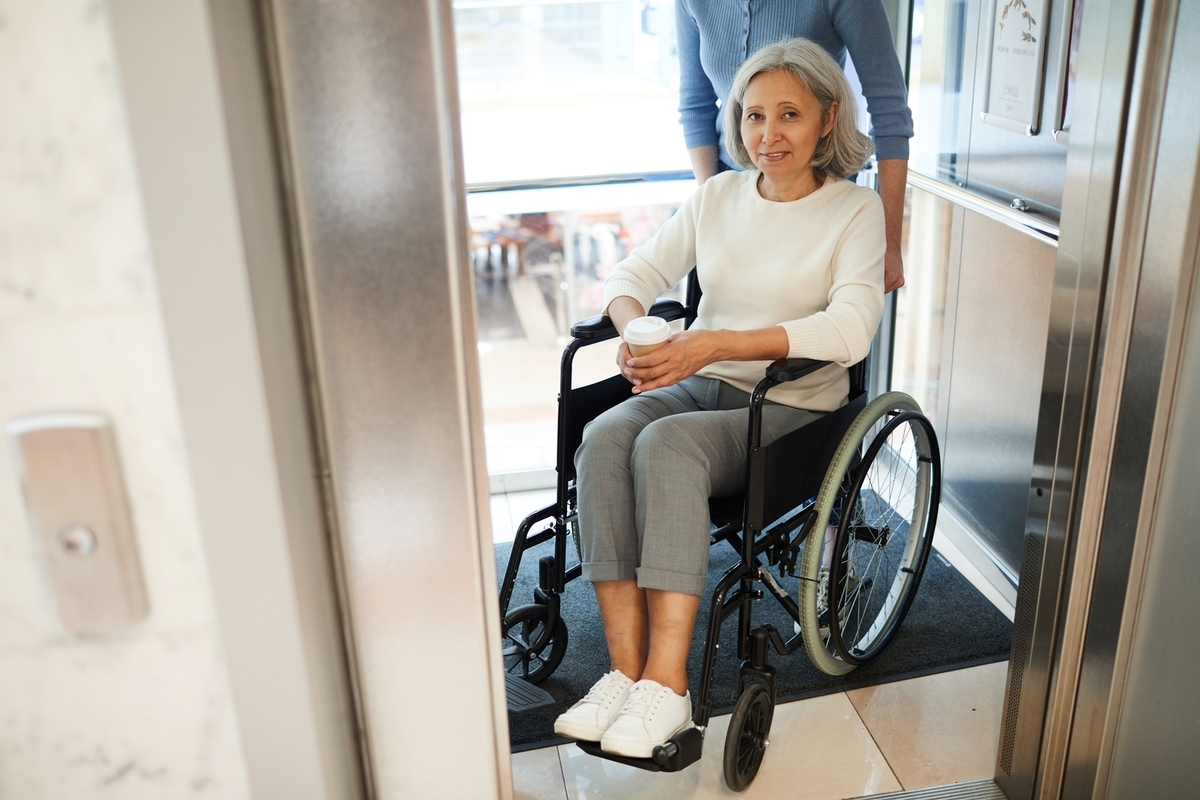Essential Residential Elevator Options for Modern Homes
Discover the top residential elevator options suitable for modern homes, including hydraulic, chain-driven, and pneumatic vacuum models. These solutions enhance accessibility, property value, and aesthetic appeal. Each type features specific advantages, cost considerations, and installation requirements, making them ideal for various residential needs. Make your home more accessible and stylish with the right elevator choice tailored for your space.

Essential Residential Elevator Options for Modern Homes
Residential elevators are tailored solutions for private houses and apartments, enhancing convenience and accessibility. They are particularly useful for elderly residents or those with mobility issues. Many homeowners also choose to install elevators to increase property appeal or as a sophisticated interior feature. Unlike commercial elevators, these models are available in various designs and sizes to fit seamlessly into home environments.
Hydraulic Elevators: These elevators operate using hydraulic fluid to move a piston, requiring space for a machine room and routine maintenance, which can add to overall expenses.
Chain-Driven Elevators: Powered by chains and counterweights, these lifts have a motor at the top that turns a gear connected to the chain, elevating the cabin. They are highly durable, with chains typically lasting around 20 years, making them a cost-effective alternative to cable systems.
Pneumatic Vacuum Elevators: Known as PVE, these modern elevators use air pressure and vacuum technology for operation. They do not need counterweights, pistons, or a machine room, and are installed within a tubular shaft. They are energy-efficient but tend to generate more noise compared to other types.
Disclaimer:
This blog provides detailed insights into various sectors based on thorough research. However, some information may vary, so independent verification is recommended. We do not guarantee the completeness or absolute accuracy of all details or deals mentioned.


